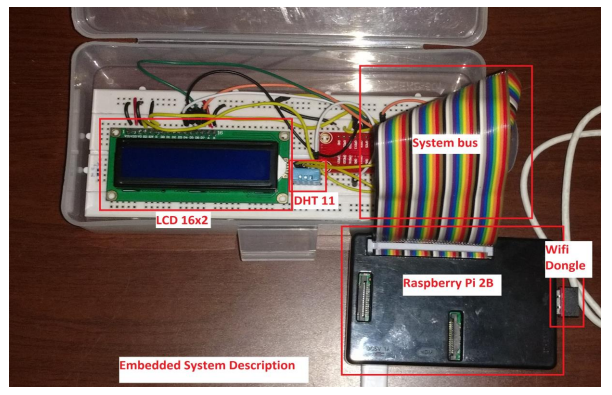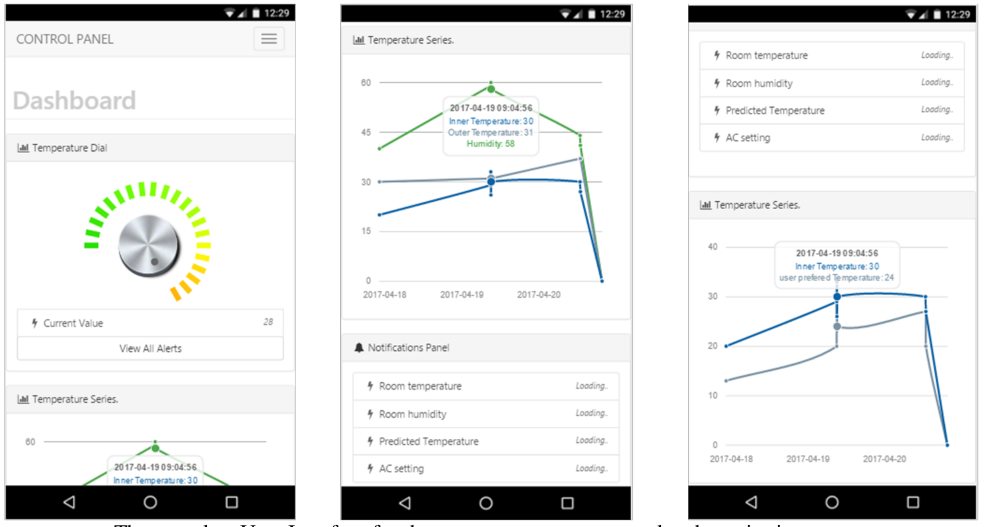An A/C controller Dashboard with Machine Learning to maintain ambient temperature.
Ecosense is a Dashboard with which you can control your A/C from anywhere in the house. This is a small controller that needs to be installed for the A/C unit and using this you can control it both through the console and the mobile phone anywhere from the house.
The Dashboard has a dial system to adjust the system. The ambient temperature is predicted by a neural network based on diffrent factors like outside temperature, room temperature, humidity etc.
There is also a facility of viewing temperature and energy statistics in form of graphs in the Dashboard. We hope to help people use their AC units in a much efficient way and gain energy savings while staying confortably in home.
The Hardware components and Software packages used to design the project.
Hardware:
Software:
The home automation will have hardware devices as well as a user interface that enables the family to control the devices. Thus the best architectural style for this system would be a client – server architecture. Each of the devices would be a client to a central server located in the home. This central server will have all the important logic. The client can execute its functions by remote procedural calls (RPC). All the clients know the server ID but the server doesn’t need to know how many clients are present.

The module consists of a DHT 11 sensor to caputure the room temperature and humidity. This is furthur enforced with openweathermap API to get the outside temperature and humidity.

The Display shows the diffrent states the module can reach. This module can be reached through a website and controlled remotely.

The room temperature monitoring and control interface was designed to be a website that is hosted by the server. It would basically serve as a digital remote control to the heating and cooling system. Therefore to aid its primary function – to set the temperature, a dial was designed using HTML5, CSS, Bootstrap and Javascript. This will be the first thing the user sees when he logs into the website.
